The Kanban of Laundry
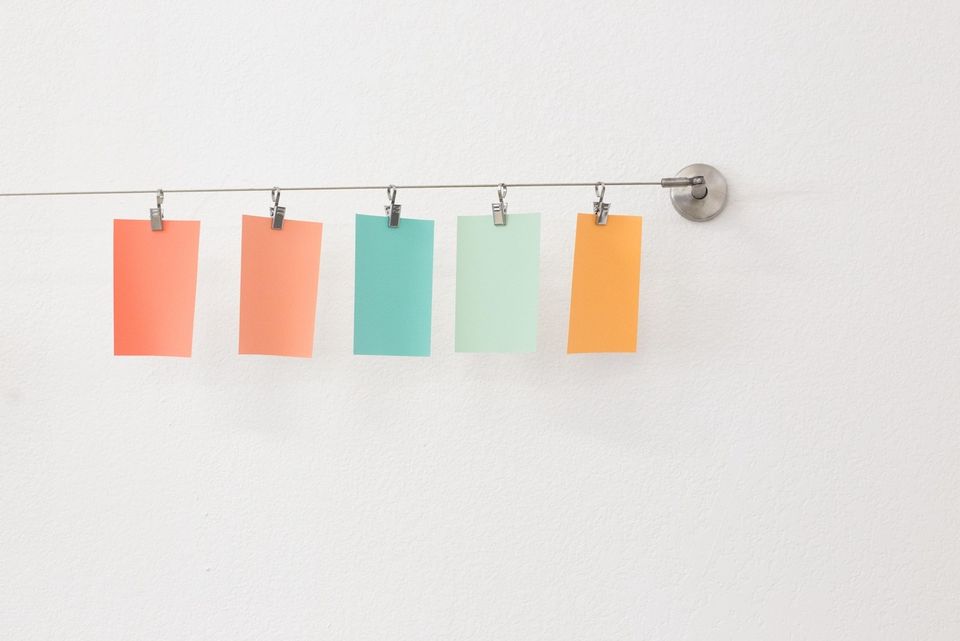
Read the introduction here.
Introduction
To those of us who have ever worked in or near the software engineering ecosystem the concept of Kanban is fairly familiar: it's a task management process where you plop everything into the backlog and then move your tasks from todo to complete via various stages until you're done.
This is a terrible bastardisation of the original Kanban system, and you would be forgiven for thinking that Kanban is similar to normal progress of a any task on a tasklist. In software development organisations, and general project management, the Kanban board tends to be used as nothing more than a method of dividing the tasks between team members and communicating progress to stakeholders.
Therefore before we go ahead here I would like to highlight that the Kanban in this article refers more to the original Toyota just-in-time (JIT) manufacturing process than what tends to happen in the software industry.
To paraphrase the Wikipedia page about Kanban, the point of this post is to see laundry process in a Kanban format and to help you "limit the buildup of excess [laundry] at any point in [laundry process]" as well as to "establish upper limit to [laundry in progress]".
Laundry as a manufacturing process
The laundry has no beginning nor does it ever have an end, therefore laundry can't be a task you can complete. This may sound depressing, but let me explain.
A while back I read this Medium article about laundry which really resonated with me:
Today, I did eleven loads of laundry.
ELEVEN. And for this, I blame the Snake.
If the snake hadn’t gotten bored and decided to have a little fun at the expense of the new guy, I wouldn’t have to deal with clothes. They say Original Sin is about knowledge. For me, it’s all about laundry.
Laundry has no beginning. It has no end. Laundry is an infinite trickster. It is Satan’s magic show.
(...)
It’s generally either unacceptable or inconvenient to do laundry naked. So while you do laundry, you create more laundry.
It is truly a Sisyphean task.
---
So to the snake, I’d like to say
Nice Job, Asshole
You have somehow managed to out Zeus, Zeus. I mean, he only made one guy spend eternity on a task that never got any lighter. You threw a whole species under the bus.
Taking the Judaeo-Christian and Ancient Greek references aside, it makes a very salient point: laundry is eternal and never-ending. You could never be actually done with laundry. Thinking about laundry as a task you can tick-off your to-do list and be done sets you up for failure.
It's more effective as a thought experiment / mental exercise to think of laundry in manufacturing terms. In a Toyota factory they take parts and materials and manufacture cars. In your living space you take dirty laundry and manufacture clean clothes.
An efficient factory will run continuously, consistently taking in parts and consistently churning out cars. The only interesting element about laundry here is that it's cyclical; you produce new dirty laundry all the time which is then ready to be turned into clean clothes again, and again.
As such I would argue that for the sake of efficiency you should have laundry in varying stages of progress at all times.
To be clear this does not mean that you should spend all your time doing laundry! It simply means that some laundry should be moving through the process all the time. Progressing laundry from one step to another does not necessarily mean big amount of active time.
Your Clean Clothes Factory
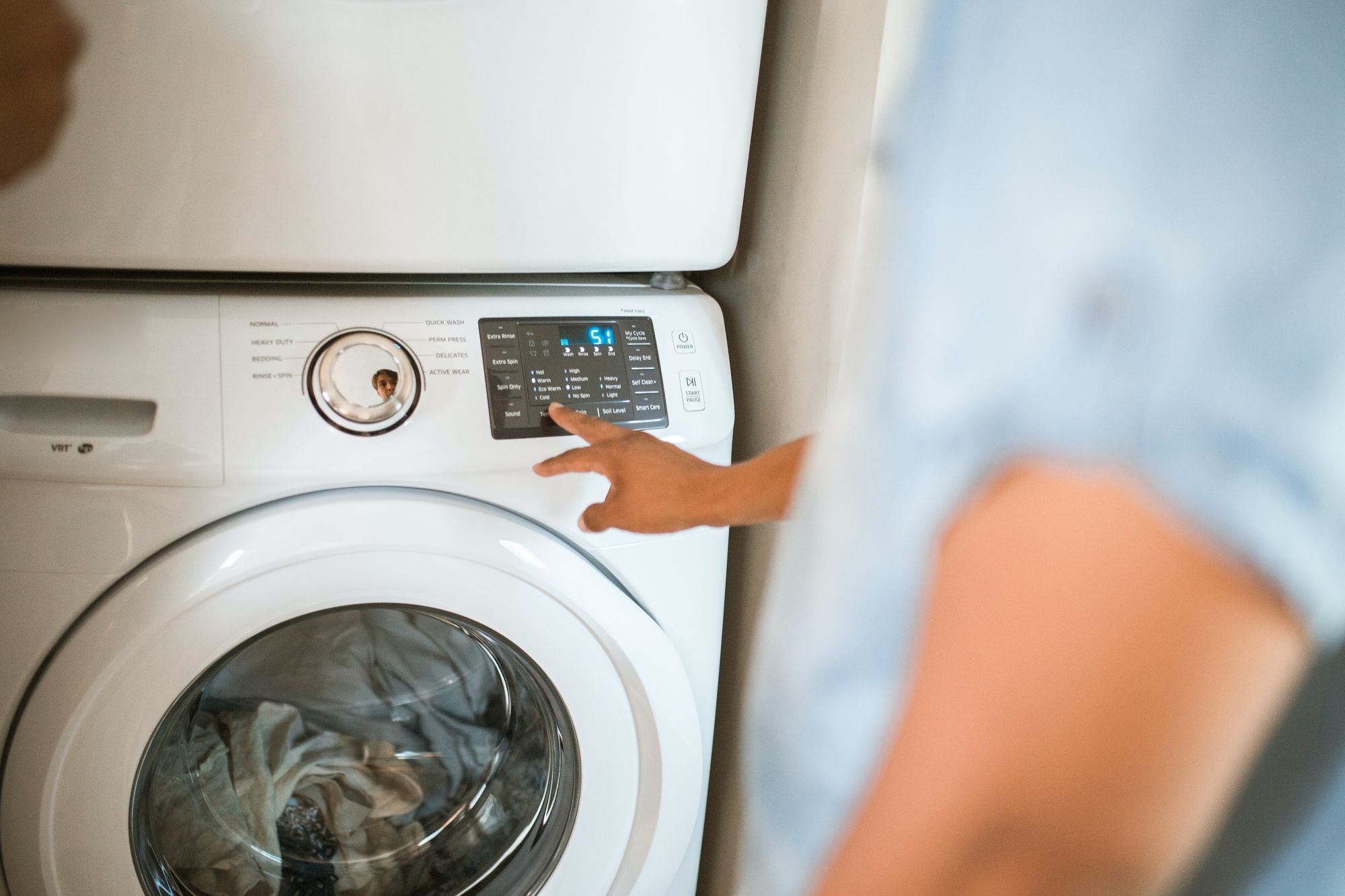
Everyone's laundry process and space will look a little different, but there will be some general similarities:
- The dirty laundry storage
- Laundry basket
- The washing machine
- Drying facilities (dryer, clothes horse, clothes line)
- Clean clothes storage
In my case this breaks down as follows:
- two laundry hampers, one for clothes and one for linens and towels
- washer / dryer combo
- indoor clothes horse
- foldable laundry basket
- wardrobe and a chest of drawers
You may have fewer or more laundry hampers, separate washer and dryer, no dryer at all and hang-drying facilities only, and you may not use a basket for transporting / storing laundry at all (but I recommend it). Your circumstances will vary and so will your Kanban as a result. However the fundamental process of getting from dirty to clean will be the same.
The Laundry Kanban process
If you're sold on the idea of treating laundry as a manufacturing process you may be tempted to Kanban your laundry by where it is within your factory.
For example the locations where my laundry would be at a given time are as follows:
- Hamper
- Basket
- Washing Machine / Dryer
- Clothes Horse
- Wardrobe
But the process doesn't necessarily move the items through all these in a perfect linear manner. In my case the washing machine and the dryer are the same place (a washer-dryer combo), so if I choose to use the dryer function then I can't do another laundry load at the same time. Furthermore my basket is used for dry and wet clothes, and in the folding process - you can see folding process is not captured by laundry location.
Instead the laundry process is probably best captured by combination of state and location.
What it looks like for me is as follows:
- Dirty
- hamper
- chair
- floordrobe
- Ready (sorted into a load) - in the washing machine
- Wet
- in the washing machine
- in the basket
- Dried
- on the clothes horse
- in the dryer (washing machine)
- in the basket
- Folded - in the basket
- Put away
And a simplified version of my Kanban, including the state transitions which are the actual tasks that need to be completed looks like this:
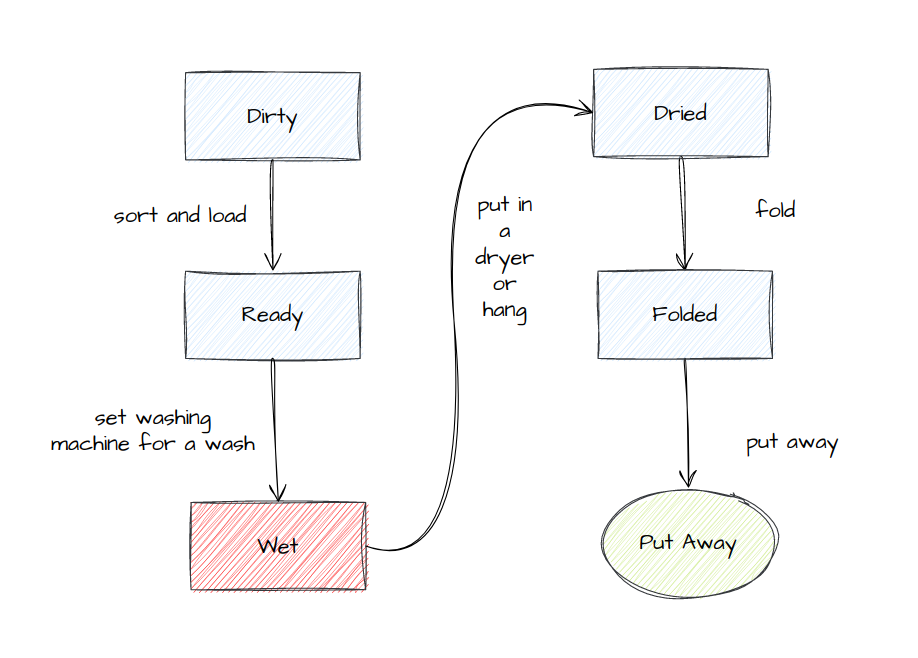
My full Kanban including state transitions and locations included looks like this:
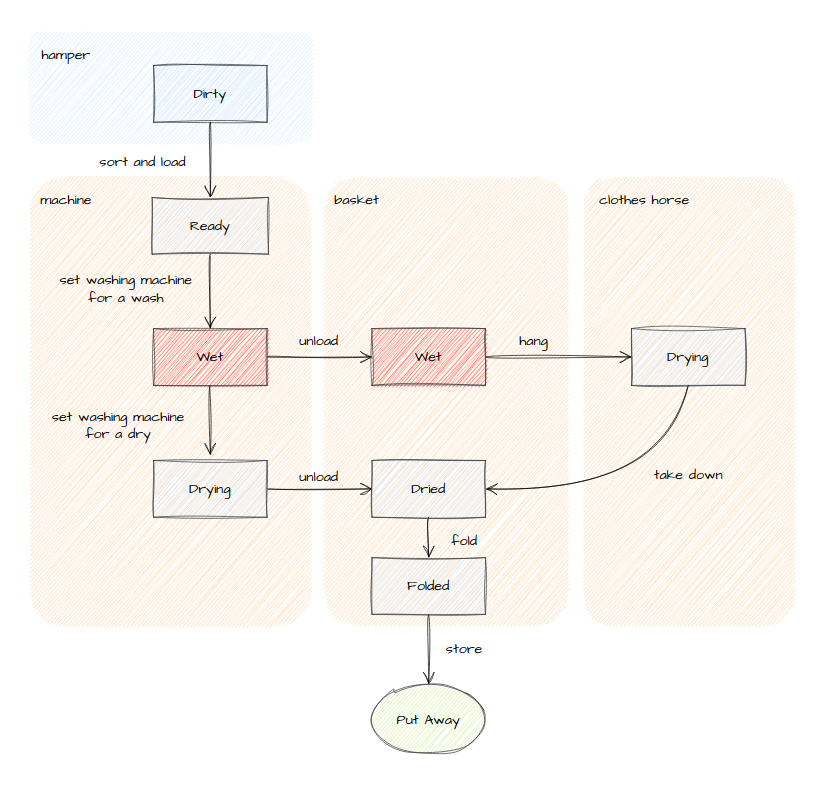
You should see at this point the magic of all of this. The laundry is in a certain state and in a certain location, but it's the process of transitioning from one state to another is the actual task that you need to complete. "Laundry" itself is not a task but a process.
Knowing that you can wave goodbye of "unfinished" mindset when it comes to laundry. Your tasks are just moving laundry from state to state. It's not effortless, no, but it's as close as I've ever gotten.
State and time sensitivity
You may have noticed that there is only one state which is time sensitive - wet. If you leave clothes wet for a longer period of time they'll get musty and you'll have to re-wash them (sometimes many times) to get the smell out, which puts the spanner in the whole process.
But this is the only time sensitive part of the process. For the rest of the process the laundry can stay in that state until you're ready to move it to the next step, or until the space it occupies is required by the new incoming laundry.
The Push and Pull
In manufacturing there are two concepts worth mentioning at this point: pushing and pulling. Pushing is forecasting demand and producing what you expect the customers to want ahead of time. Pulling in turn is rapidly responding to demand and holding only as much stock and parts as needed to do so.
Kanban especially shines in a system based on quickly responding to demand. However in a closed cycle process such as laundry you can predict demand for clean clothes by simply looking at how much dirty laundry you have accumulated thus far.
In laundry, pulling would be discovering you need clean clothes and starting the laundry process based on that - and has some obvious pitfalls many of us have suffered. Hello mismatched socks! This is beautifully illustrated by C.S Lewis in The Voyage of the Dawn Treader
"Are they as stupid as all that?" asked Lucy.
The Magician sighed. "You wouldn't believe the troubles I've had with them. A few months ago they were all for washing up the plates and knives before dinner: they said it saved time afterward. I've caught them planting boiled potatoes to save cooking the when they were dug up."
Having said that doing the laundry as soon as it appears can also be inefficient. You should aim to balance this with accordance to the overall size of your wardrobe, the space you have available to store both clean and dirty clothes, the size of your washing machine, and the amount of time it takes you to process the laundry end-to-end.
In an ideal world you will have started a new laundry as soon as you can assemble a full load, and no later than when your hamper fills up. If you ran out of socks, it's a system-breaking emergency.
Exceptions
The only exception in my case to this system are bed linens. My bedding takes 2 loads of laundry to process, and because of my allergies they go in for 60 degrees and a two full drying cycle each. This takes a long time.
Furthermore because I live in a very small apartment, I only have two sets of bed linens, one which is on the bed, and one that's in the laundry process[1]. I don't start linens laundry process until I'm about to replace the ones on the bed which means three things:
- I don't need separate storage space for clean sets
- I don't ever have to fold a fitted sheet
- This is the only time when I use the "pull" process
I store dirty linens in the laundry hamper and only wash them when it's time to change the ones on the bed.
The Upper limit of laundry
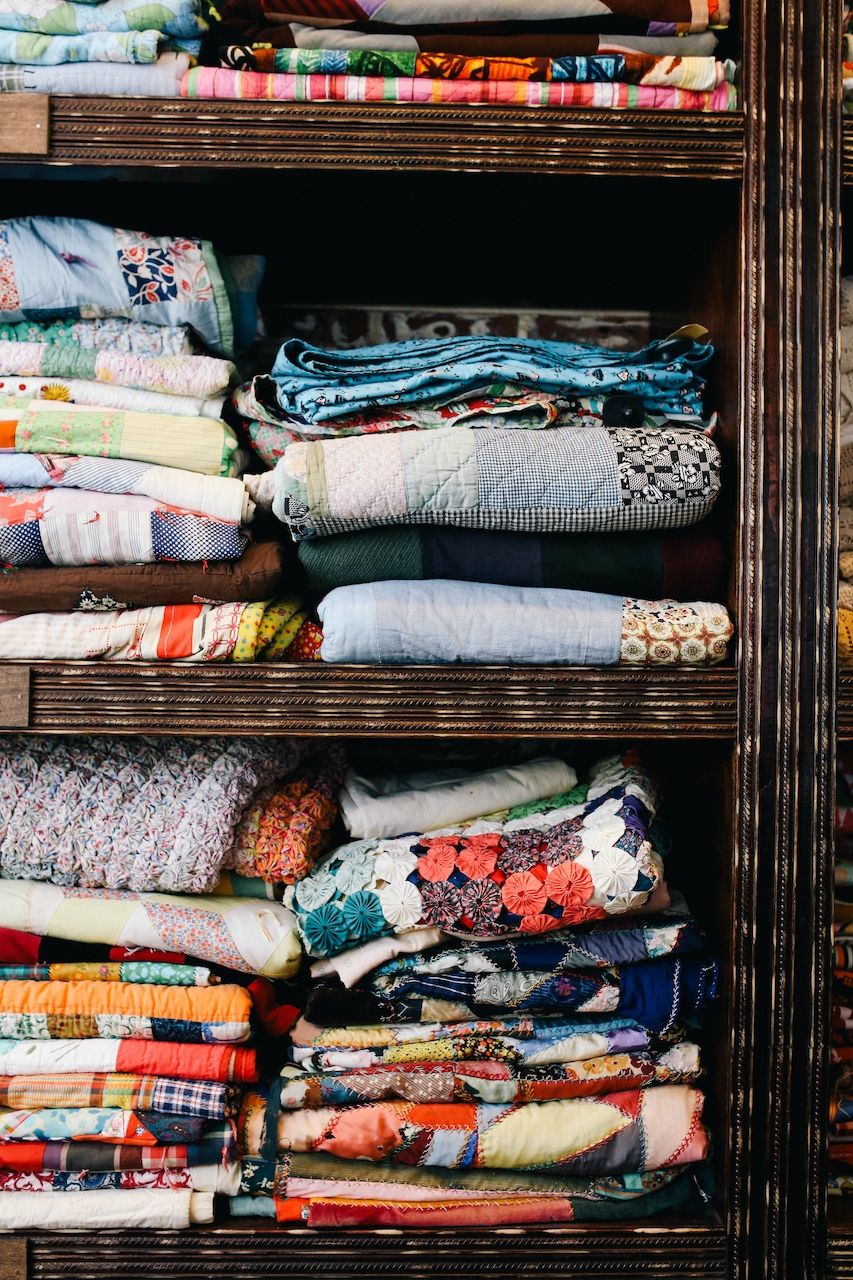
The upper limit of laundry is also accidentally a factor in the total amount of clothes you can store in your home.
With the exception of emergency situations, where laundry has spilled outside of the designated laundry containers (hamper, washing machine, basket, clothes horse, clothes line etc.) you should never have more laundry awaiting or in progress than the total volume of these very containers.
As a corollary of the upper limit of laundry, the upper limit of clothes and linens you can have is all the laundry volume plus the storage volume of your wardrobes, chests of drawers, out-of-season clothes containers etc.
It's important to note however that this is not an optimal amount of laundry and clothes to have. If all of your wardrobe and laundry containers are full at all times, this ruins the ability to process only one task of laundry at a time, because you must move things out of one container to be able to put things in that container and so on. You wind up with the worlds most unpleasant game of musical chairs.
I would then suggest that the optimal amount of clothes and linens to have is all your storage space for clean clothes and linens plus the dirty laundry storage. This way you can do one step of laundry without immediately having to do another - with the exception of handling wet laundry of course.
I personally live with the optimum amount of clothes, so I have also discovered that it's undesirable to have all the laundry cleaned and put away in my tiny apartment for that very reason - the system assumes some of the clothes are going to be in the laundry process at any given time, so there isn't enough t-shirt storage for all the t-shirts to be clean. This also may be true for you.
Towels and linens
As with clothes the upper limit of all the towels and linens works out the same as with clothes: all space in the laundry process plus storage space. In my case storage space is at a premium.
As already mentioned above, in my case the perfect amount of bedding to be in the laundry process is always one. With regards to towels the story is similar. Because towels wash in a long hot load, and they take a long time to dry, and also because my towel storage space is very limited, I keep only the "just right" amount of towels. For each towel type (hand towels, bath towels, face cloths etc.) one is in use, one clean and ready, and two are in the various stages of laundry process. Incidentally a full set of linens and two sets of towel laundry equals to one full hamper and 4 laundry loads. It all works out great.
There are people out there who have Very Strong Feelings[2] about the number of towels you should own so this is by no means prescriptive. All I'll say is that the more stuff you own, the more laundry.
Laundry Goals
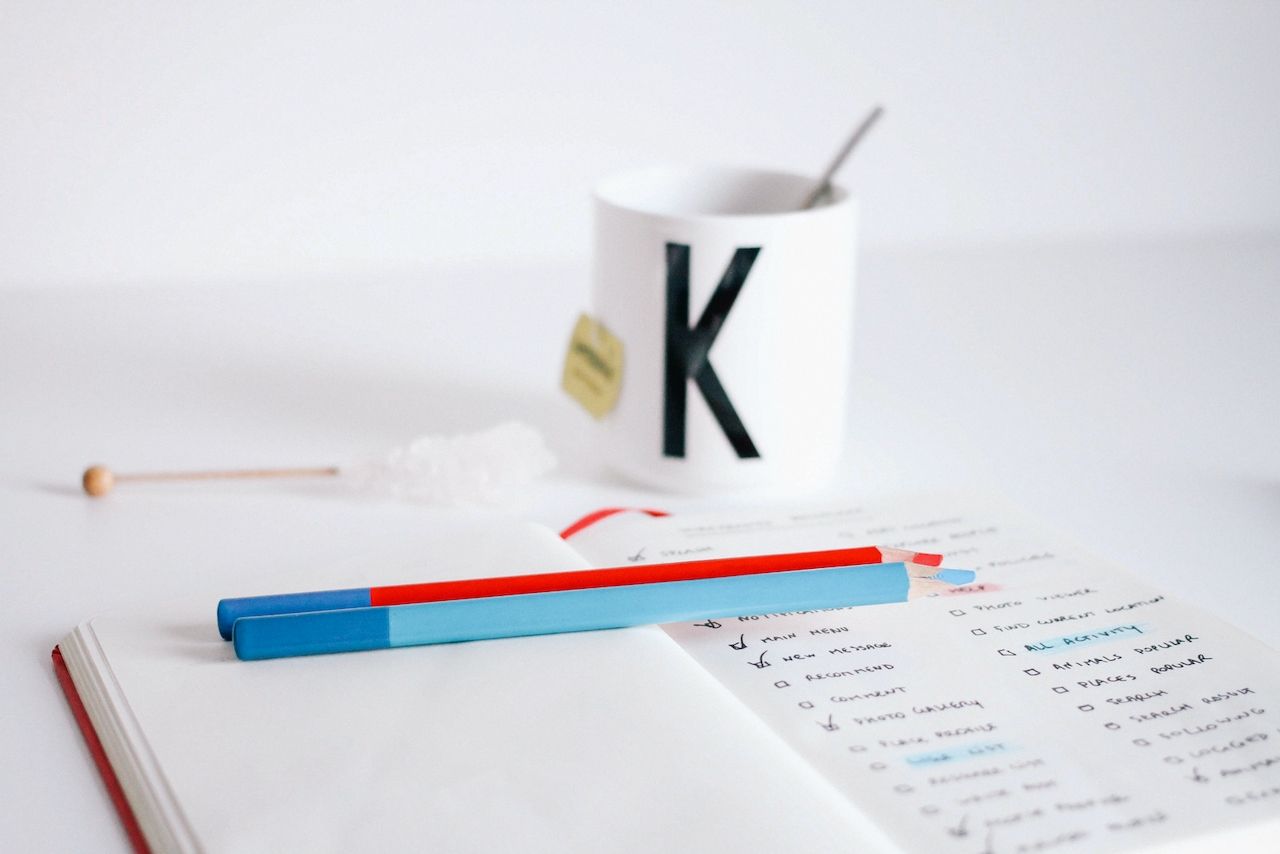
As mentioned in the Push and Pull section and the State and time sensitivity section there are only only two things in laundry that come with adverse outcomes: not having clean clothes you need, and letting wet laundry go musty.
Like many of us you may have been socialised to believe it is bad to have laundry unfinished. I would like you to entertain the idea that it's actually not a laundry problem at all. All other goals related to clothes and your home such as folding and putting away laundry within certain time are entirely arbitrary and in fact not about laundry at all.
I'm not saying that these are bad goals to have, or that they don't have good reasons to exist, but they have nothing to do with the laundry process and you don't have to adhere to them to successfully achieve the goal of clean, fresh smelling socks.
Folding or hanging clothes a certain way is a personal preference that can help to lower the time of retrieving clothes when getting ready but it's not about laundry. It's about efficient dressing.
Not letting clean laundry sit in the basket can help to keep your home neater and let you use and enjoy the space the basket would take up otherwise but it is not about laundry. It's about overall home neatness.
Making sure you launder the dirty clothes straight away can help if you don't have space for a big hamper but it is not about laundry. It's about storage space.
If you are reading this it's likely that you have been struggling with laundry because of these arbitrary attached goals you have learned to associate with laundry. Feel free to not aim for them, or better yet, start aiming for them only after your process becomes so easy and you want to take it up a notch.
Conclusion
This little Laundry Philosophy is the closest I have ever gotten to "being on top of" laundry and no longer worrying about getting it done. I do hope that it helps you.
I'm aware that there will be people with Very Strong Feelings about laundry and chores in general, and what is and isn't the right way. That's OK.
If you vehemently disagree with this little guide then I suggest it may simply be not for you.
1. this number is based loosely on this apartment therapy article and it has worked for us well for many years. Having only two sets is also a pathway to very nice bedding. It doesn't hurt as much to get expensive high thread count pure cotton or linen bedding if you're only buying two and expect it to last and last.
2. This Is How Many Towels You Should Own, According to Twitter - Apartment Therapy